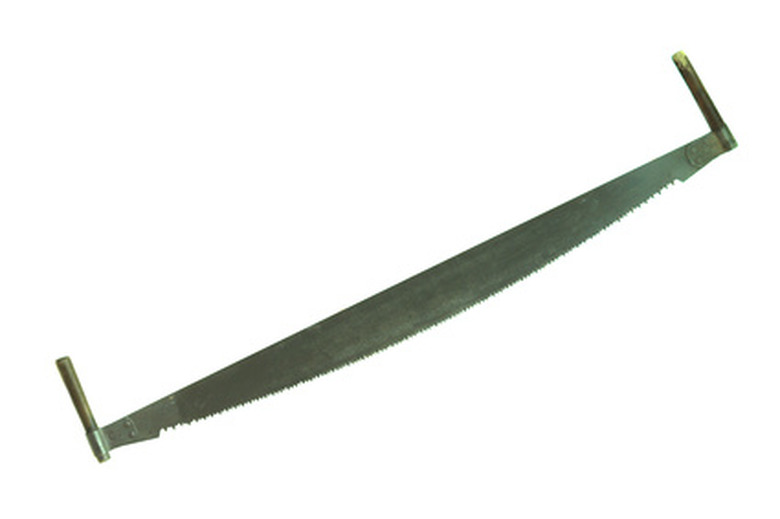Tools For Sharpening Weed Cutters
Overgrown portions of the landscape require heavier tools to clear brush and weeds. This growth is too thick for the mower or pruning shears. A weed cutter has a long handle attached to a double-edged serrated blade. The cutting surface is rectangular and cuts a wide swath in a field of brush. Sharpening a weed cutter requires special tools to hone the serrated edges of the blade.
Steel Wool
Steel wool resembles the tightly wound wire scrubber pads use to scour metal dishpans, minus the built-in detergent. This material effectively removes rust spots on metal tool blades. Steel wool also completely cleans the cutting surface for easier sharpening.
- Overgrown portions of the landscape require heavier tools to clear brush and weeds.
- Steel wool also completely cleans the cutting surface for easier sharpening.
Wire Brush
Wire brushes have sturdy handles and strong wire spokes that jut out at a 90-degree angle from the brush pad. Like steel wool, brushes remove rust spots and debris from the length of metal tools. Both products perform the same task, but wire brushes protect the hands from slivers of metal. Use the brush to reach crevices along the length of the blade.
Cone Honing File
Cone honing files feature a firm grip handle attached to a tapered, thin sharpening blade. This file, also called a honing round file, has a thin column for sharpening the small spaces of the serrated blade of a weed cutter. Unlike a mill file used to sharpen a flat surface, a cone honing file fits perfectly into the serration to sharpen the small indentation without touching the surface on either side of the serration.
- Wire brushes have sturdy handles and strong wire spokes that jut out at a 90-degree angle from the brush pad.
- Unlike a mill file used to sharpen a flat surface, a cone honing file fits perfectly into the serration to sharpen the small indentation without touching the surface on either side of the serration.
Bench Vise
A bench vise consists of a mounted metal clamp attached to a sturdy workbench surface. This tool assists gardeners by holding the blade of the weed cutter steady during sharpening. Bench vises also allow the use of both hands during the sharpening process, so even pressure can be applied to the blade.
Sandpaper
The type of sandpaper used for tool sharpening differs greatly from the type used on drywall. Select extra fine grit sandpaper for use in cleaning blade edges before sharpening. The extra fine texture removes small imperfections in the metal without taking off portions of the metal blade. Use sandpaper after sharpening to smooth the blade surface and loosen slivers of metal.
- A bench vise consists of a mounted metal clamp attached to a sturdy workbench surface.
- This tool assists gardeners by holding the blade of the weed cutter steady during sharpening.
Oil
Garden tools take a beating. Proper cleaning using steel wool or a wire brush keeps rust from forming on the tool blade. Apply a thin coat of oil spray, such as WD40, to preserve the weed cutter blade and discourage rust formation.
